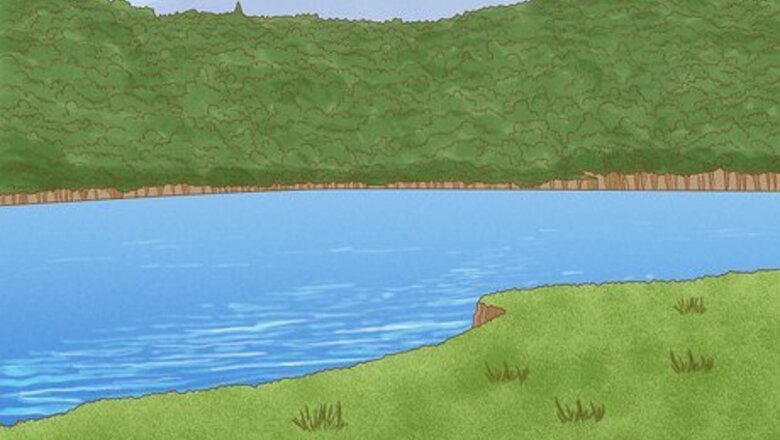
views
- Hunt for arrowheads around bodies of water or on high ground, where Native peoples often made camp.
- Ask permission before you search tilled fields, where the overturned earth may reveal arrowheads.
- Scan the forest floor, where arrows may have landed during hunting.
- Consult your local tribal association, museum, or historical society for information on the history of the area.
Search creek beds and other bodies of water.
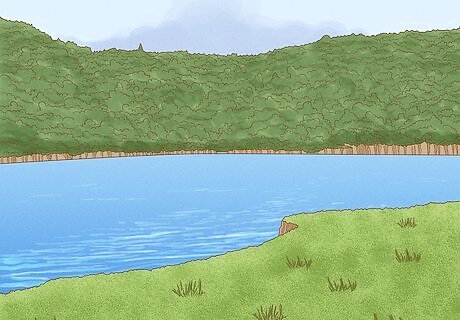
Arrowheads can often be found in dried-up creeks or around lakes and rivers. This is because the water tends to carry the arrowheads and deposit them along the shore, but also because many Native peoples made camps or stayed near bodies of water, using and discarding arrowheads while in the area. Start downstream, where the current may have deposited arrowheads on the shore or in inlets, and continue your search heading upstream. Also check gravel bars, or the long, thin raised islands of gravel within the stream where sediment builds up. These are likely places to find arrowheads.
Check freshly tilled fields.
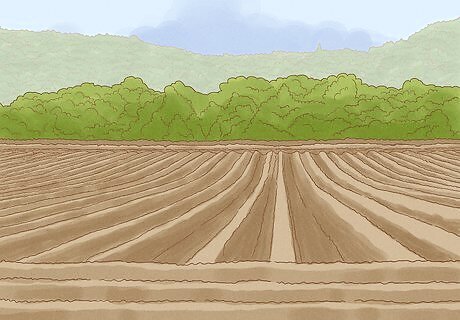
Farmers often churn up arrowheads when they turn over the dirt. Ask a local farm owner when they till, and ask permission to scan the fields for arrowheads after they do. For better chances, go out just after it’s rained–the rain washes away a layer of dirt that may be covering the arrowheads. Search the high points of the field like small mounds or hills, where encampments were likely made.
Search in the woods.
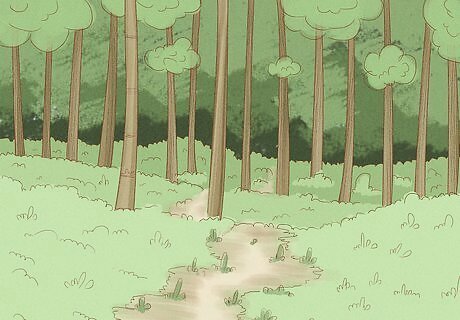
Woods and other hunting grounds are good places to find arrowheads. Forests were common places to hunt wildlife, and so arrowheads that were shot from a bow or other hunting tool are numerous in these areas. Take a friend while you hike, wear the appropriate hiking gear, and be aware of local hunting seasons and regulations. You might find areas of high flint concentration, which could indicate worksite, and there could be a high quantity of arrowheads nearby.
Go to higher ground.
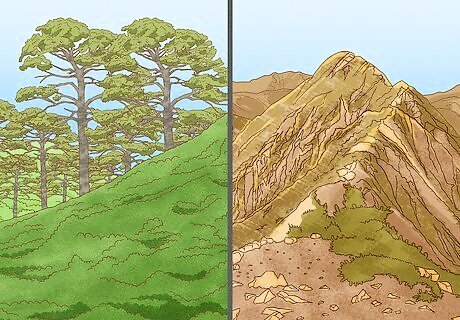
Places like hills or ridges were common places for encampments. Native peoples would often stay on higher ground for greater security. Consult a topographical map or a soil map of the area, and look for places with sandy, loamy soil, which often indicate higher elevation. Keep an eye out for rock overhangs or cliffs, where people may have taken shelter or made camp.
Scan the surface of the soil.
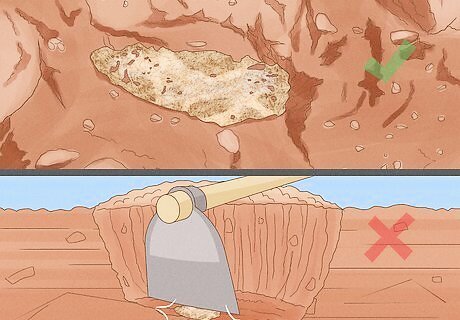
Search for arrowheads at the surface of the soil, and avoid any digging. It’s legal to take arrowheads you find on the surface, but digging for arrowheads could disrupt archaeological sites. If you find a large quantity of arrowheads or other artifacts, alert your local tribe or archeological association.
Look for irregular colors and sharp shapes.

Arrowheads often feature jagged edges and a piercing tip. In addition, there’s often a notch at the base like a whale’s tail where the arrow was fastened to a shaft. They were commonly made of flint, rhyolite, argillite, or quartz, and come in many colors and sizes, so it can be difficult to spot them among soil, dirt, and pebbles, but keep an eye out for a shiny, polished surface, irregular colors on the ground, or defined edges. Visit a museum or heritage center to study the appearance of arrowheads and brush up on your history beforehand.
Bring a broom or a walking stick.
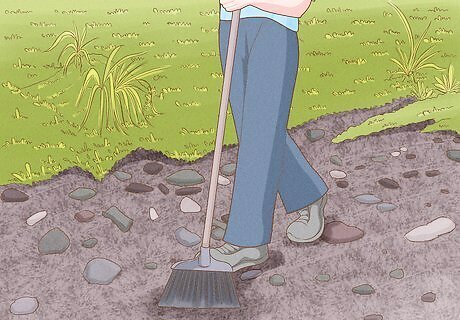
A broom will help you turn over rocks and brush away soil. Though you shouldn’t dig for arrowheads, you can gently disturb the dirt while you search. Use a broom with a long handle to sweep away loose soil without having to bend over and risk injuring your back.
Search in early fall or late spring.
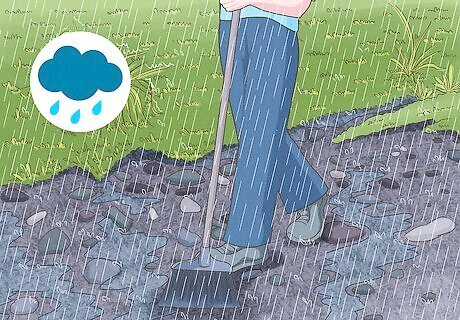
Look for arrowheads in rainy seasons. The rain washes away a layer of dirt and other debris that may conceal arrowheads. In addition, fields are often tilled or cleared of crops in late fall and early spring.
Know the local laws and regulations.

It’s illegal to remove arrowheads from public land or Native burial sites. However, it may also be illegal in your area to remove them from private land, as it could be considered stealing from the landowner. If you’re searching in an area other than your backyard, ask the landowner for permission before you enter their land and remove any items.
Consider donating the arrowheads you find.

Offer your arrowheads to a local tribe or museum. Your local tribal association may appreciate being alerted to or given any arrowheads you find. A museum may be able to identify an arrowhead and tell you more about it.
Educate yourself on the history of the area.

Practice cultural respect by learning about the lives of local tribes. Native people were present in many areas, and still are present in many places. Before you go hunting for arrowheads, hit the library or the internet to learn about the lives and cultures of the people whose artifacts you’re curious about. Learning about the history of the area might also help you know where to look for arrowheads.




















Comments
0 comment